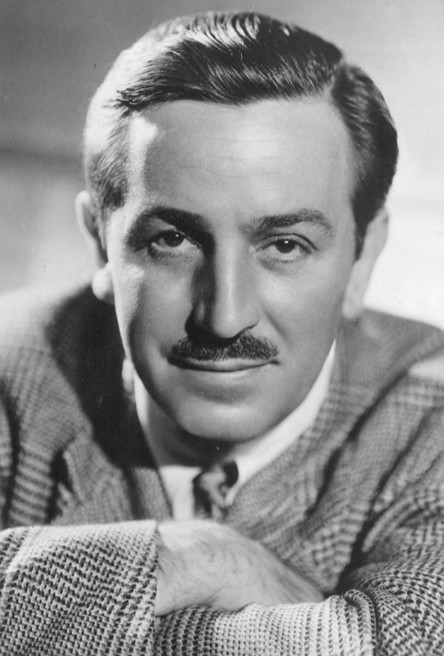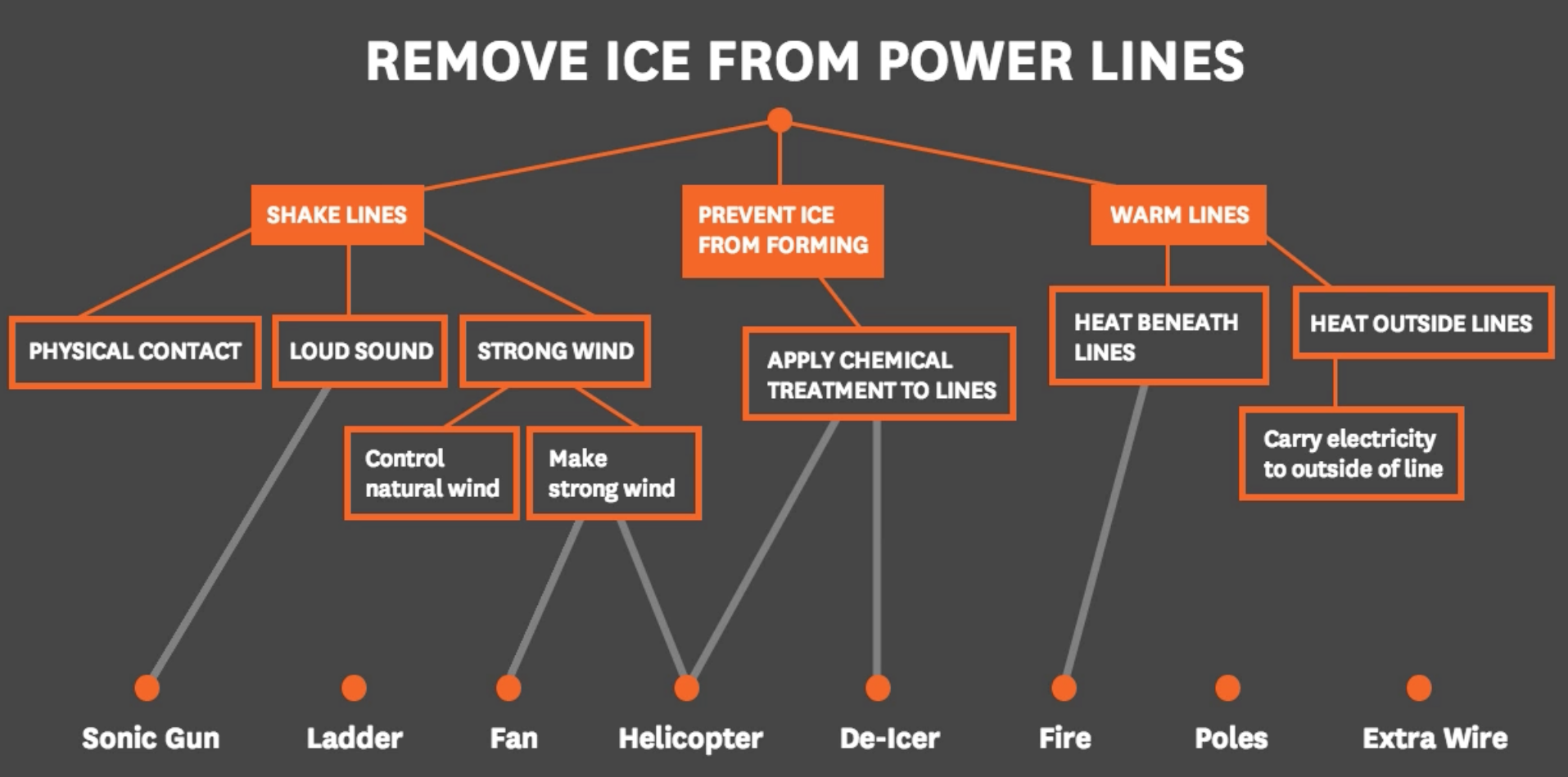One of the standard guidelines for brainstorming is that there are no bad ideas in a brainstorm. The objective of this principle is to encourage out-of-the-box thinking and ensure that each suggestion is adequately explored without being dismissed too quickly.
Yet how many times have you left a brainstorm with a bunch of great ideas that just aren’t practical and achievable? That kind of unfettered blue sky thinking is great for generating ideas but too often the grounded real world goals and resource limitations of a project are forgotten in the middle of all that stratospheric inspiration.
There are ways to keep your feet on the ground while still aiming at innovation. Try one of the following three techniques on your next brainstorm session and see if your teams dreams up with interesting ideas that actually solve the problem at hand.
1. Brainswarming
Dr. Tony McCaffrey believes that louder voices tend to dominate traditional brainstorming, which means fewer ideas are heard and more bad ones are pursued. Instead he devised Brainswarming, where people silently write down their ideas. But what’s actually most interesting about McCaffrey’s Brainswarming technique is his structured graph, which has the project goal at the top and a list of available resources at the bottom. Written ideas are added to the graph and have to relate to either the goal or resources. As more ideas are added, connections are made until a complete through-line from goal to resource is created. It’s a smart way to keep the creative process genuinely collaborative and focused, while still allowing individuals to have wild ideas.
2. The idea exchange
As with Brainswarming, writing down ideas instead of discussing them helps encourage more reserved people to contribute suggestions. But the idea exchange technique also encourages closer collaboration. The initial period of individual idea generation is limited to a short set time after which everyone passes their piece of paper to the person to their left. Now each person reviews, comments and builds on someone else’s suggestions, again for a short set time. Once everyone in the brainstorm has seen each sheet, the ideas are reviewed as a group. Typically, the most impractical suggestions or those that lose sight of the project goal are weeded out by this technique, allowing the group to focus on more achievable and pertinent ideas.
 3. Disney’s split personality
3. Disney’s split personality
Walt Disney was not just a man of incredible imagination, he was also a master of reason, which helped him make his often outlandish ideas a reality. To do this, he used a simple and easily repeatable technique that took three approaches to idea generation. First, he was the Dreamer, who was allowed free reign to come up with a wild variety of ideas. Next, Disney the Realist would – without dismissing any suggestions – see how each could work practically within certain budget and resource limitations. Finally, he would become a Critic and try to take apart the most well-thought through ideas. Any that passed this test would be pursued further. Disney switched rooms to make the persona transition easier, but if you don’t have that luxury, simply taking a break between sessions will help you change heads.
These three brainstorming techniques can help your next blue sky session keep its feet on the ground. What techniques do you use to ensure your idea generation remains goal-oriented? Let us know in the comments section below.






Another brain warming idea is to allow the good ideas to stay warm in the brain for a week, the weak ideas will fade away and the final warm idea will become the hot one.
You’re just talking about filtering of ideas. What’s important is probably many things depending on the goal that simple filtering is probably just a source of comfort rather than any method for finding more than the obvious, or safer, linear, logical connection. Additionally, often what’s perceived as “the goal” is just a product of the thinking you already have when better solutions are out in the unknown you don’t know, that you don’t know.
so what seems to find the ‘biggest’, ‘not-known-before’ SOLUTIONS are more often smart humans using their thinking in all manner of ways, not just singular ideas [think jokes, new views, associative thinking, musical play] and collaboration seems to be one way of provoking wider thought – filtering is probably less important than fertile ideas, and single ideas are probably less important than smart people, & teams of smart people seem often more valuable in this search than a single person in my experience.
Examples of this kind of dynamic [people more important collectively than ideas] at work can be found in Creativity Inc, the book by Ed Catmull, CEO of Pixar, in many descriptions of their ‘Brain Trusts’ and their search for quality story-telling in their realm.